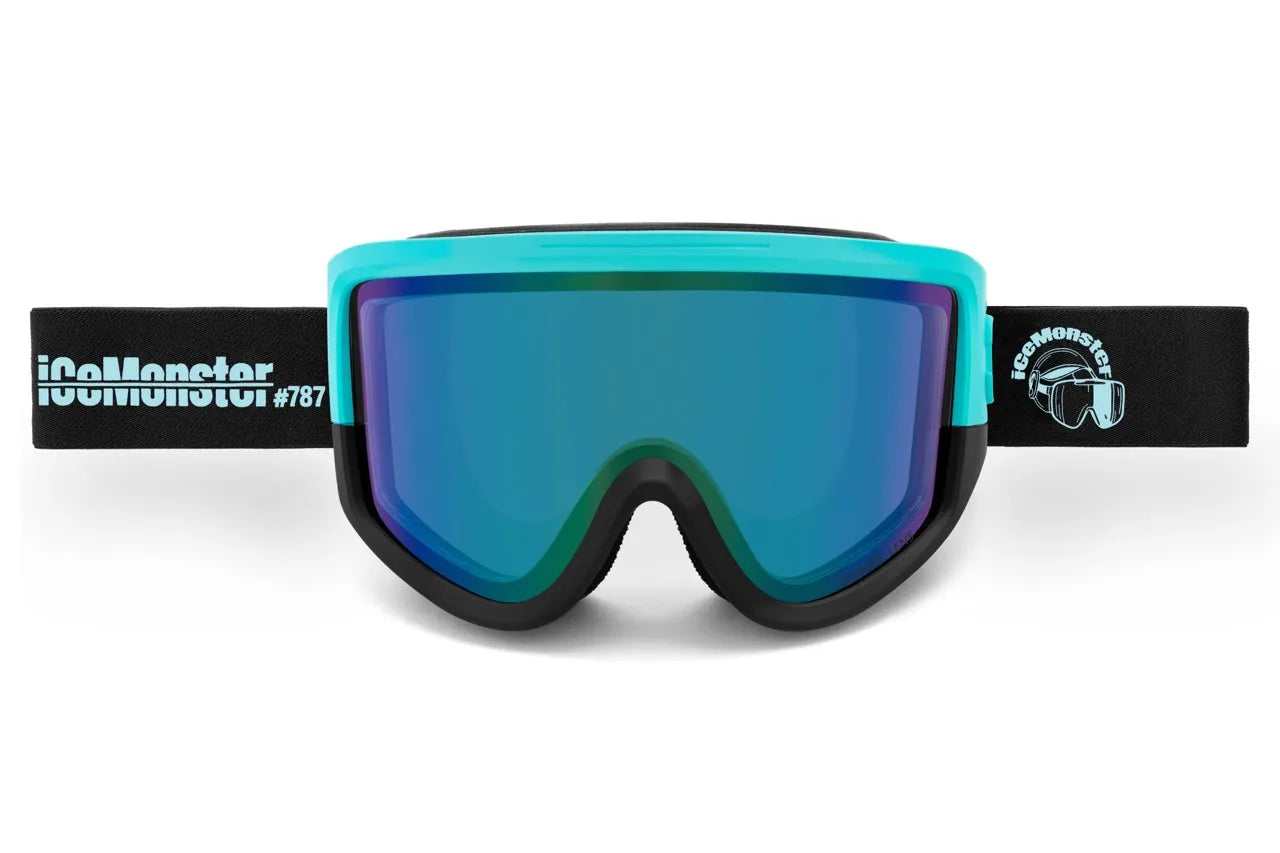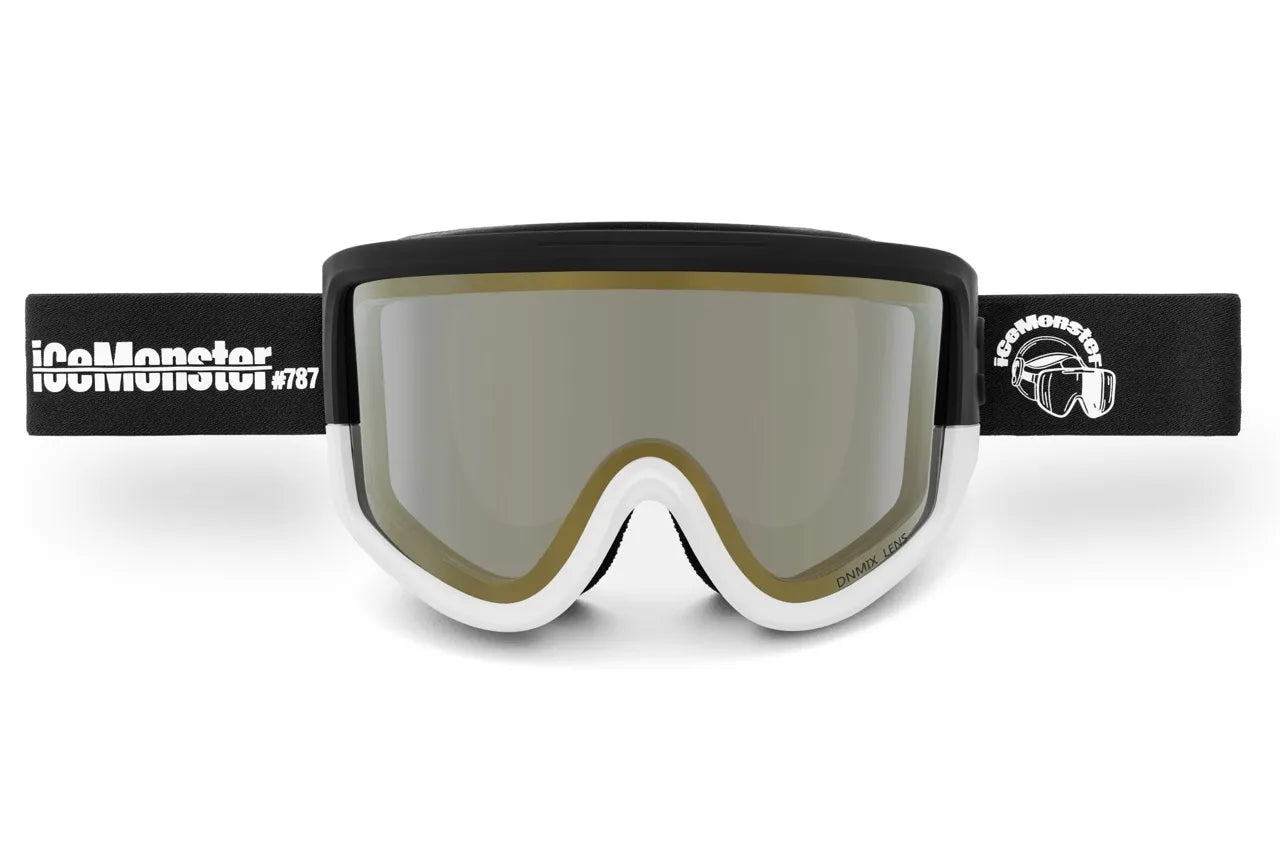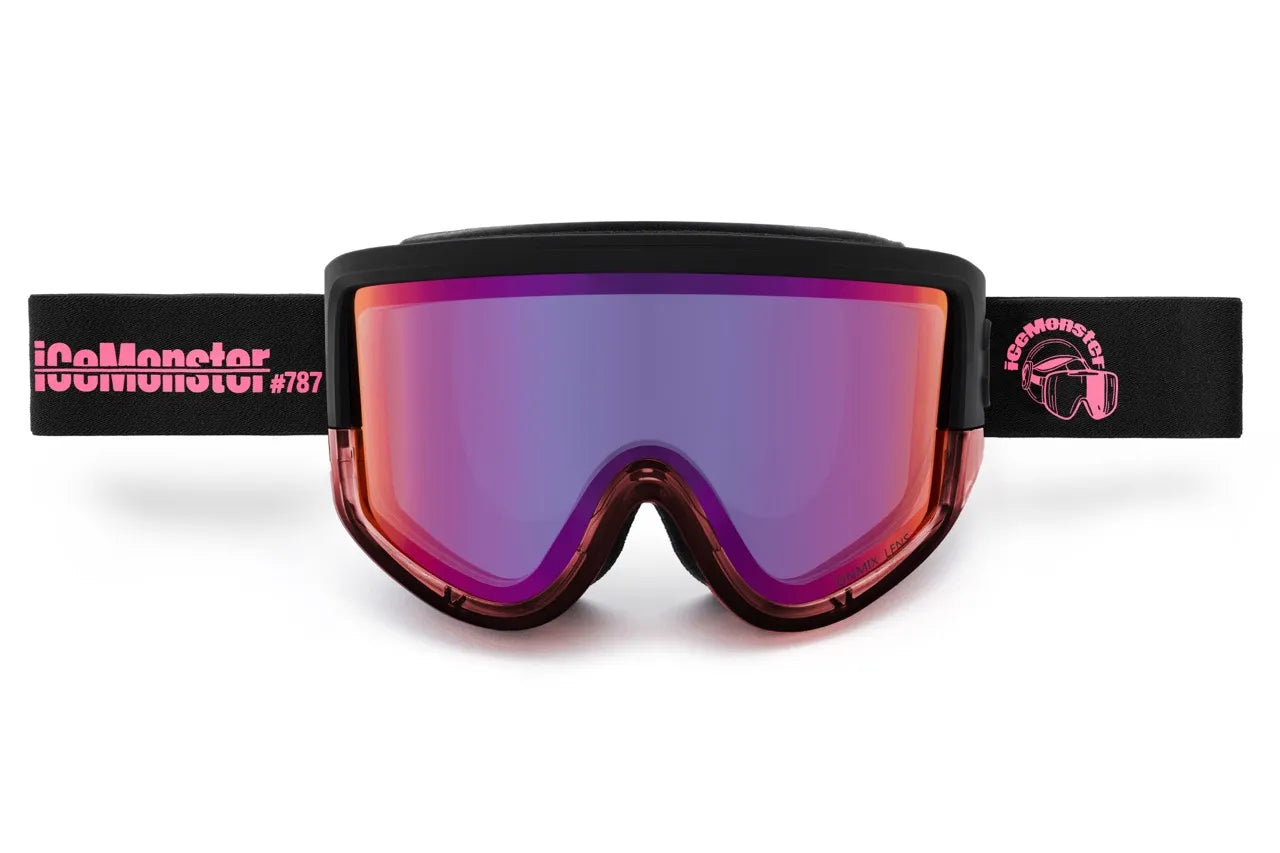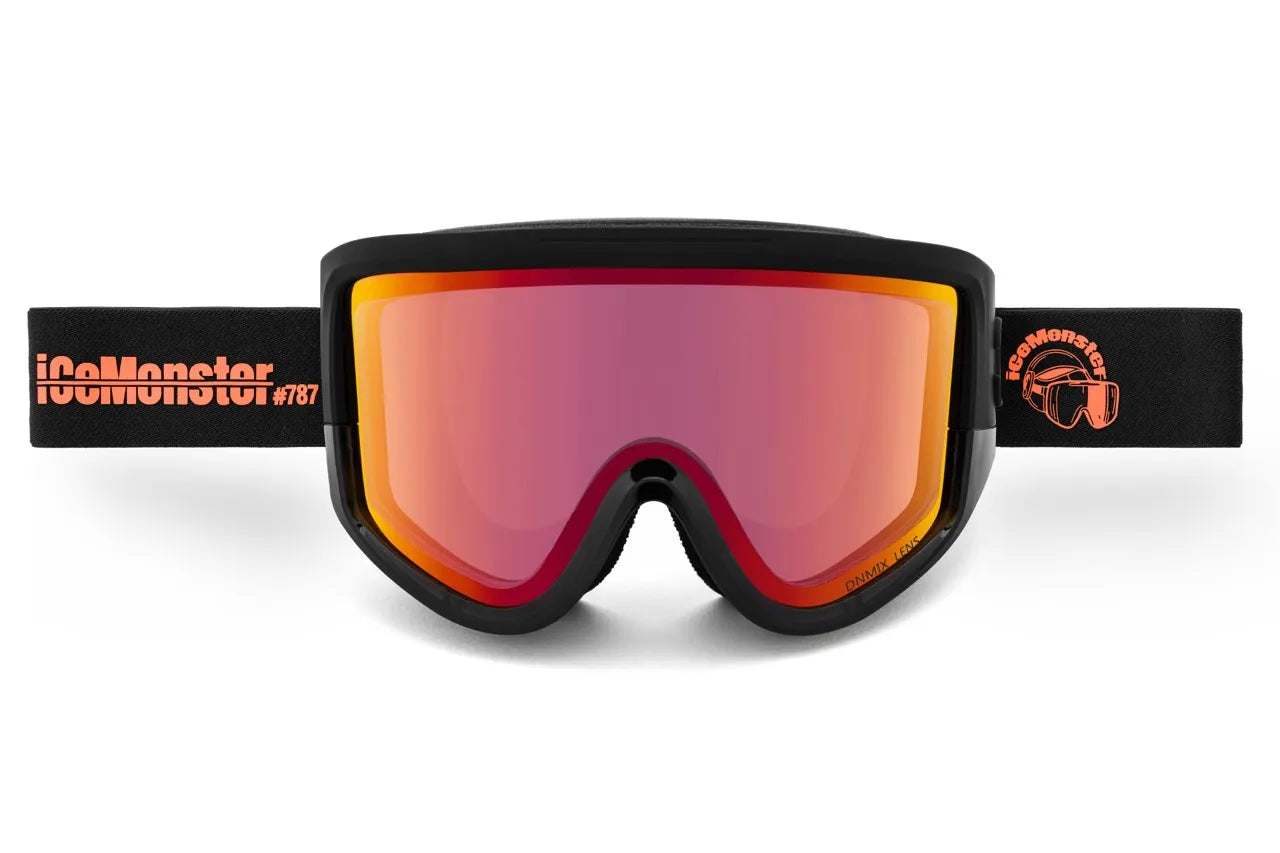
The Ultimate Guide to Choosing Ski Bindings for Downhill Skiing
The Ultimate Guide to Choosing Ski Bindings for Downhill Skiing
Ski bindings are more than just a connection between your boots and skis; they are a crucial component of your skiing experience that ensures safety and performance on the slopes. Here's a comprehensive guide on how to choose ski bindings, tailored to your skiing style and skill level.
Understanding the Importance of Ski Bindings
Ski bindings play a vital role in your skiing setup by securing your boots to your skis and releasing them when necessary to prevent injury. The ski boot bindings release you from the ski when pressure exceeds the release settings, ensuring your safety during a fall.
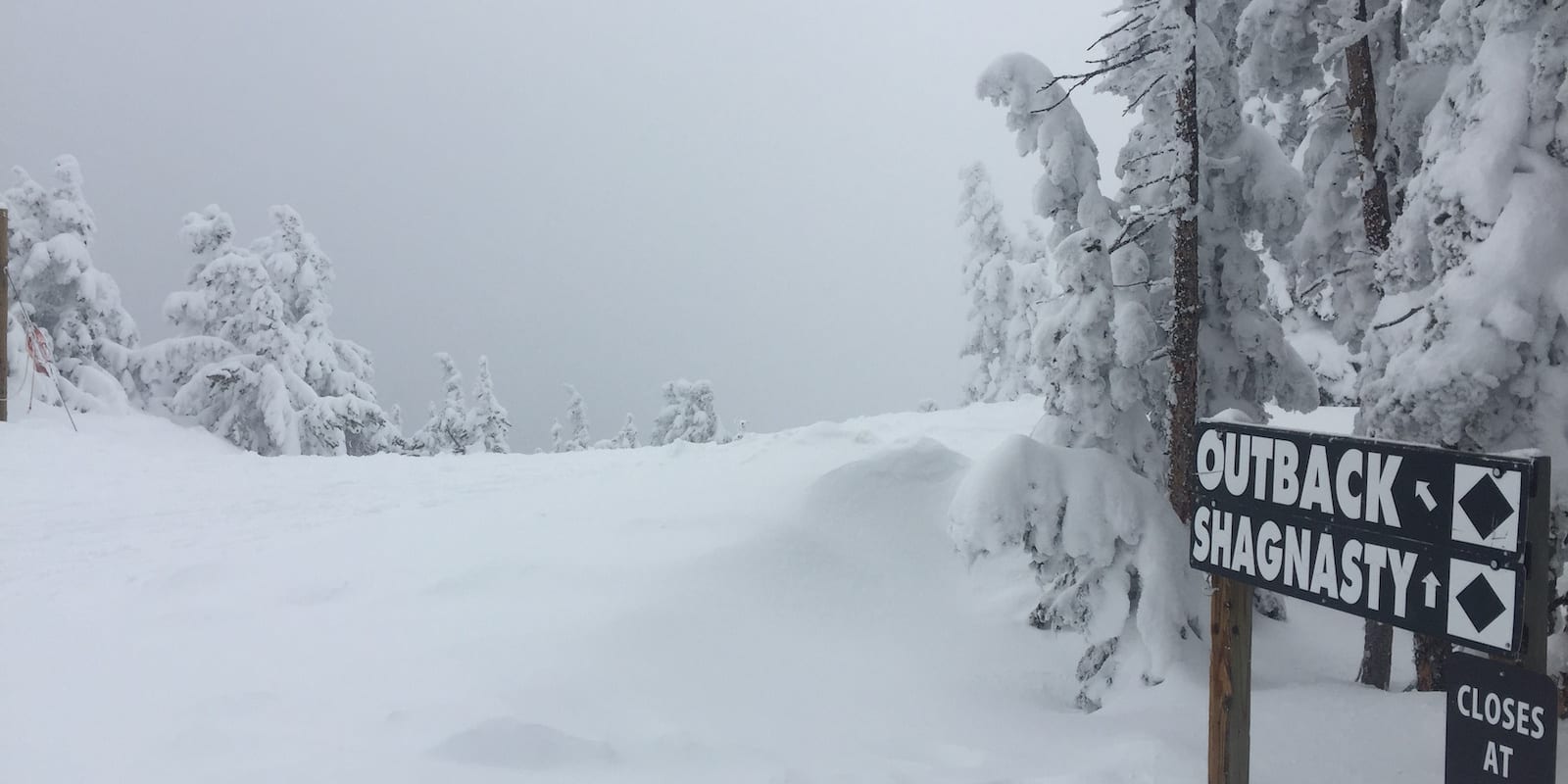
Types of Ski Bindings
There are two primary types of ski bindings:
- Integrated Ski/Binding Systems: These systems are designed for specific skis, offering natural flex, better edge hold, and ease of turning.
- Non-Integrated Systems: These require more decision-making but allow for customization, perfect for those who want to tailor their skiing experience.
Components of Ski Bindings
The main components of ski bindings include:
- Toe and Heel Piece: Releases the boot during a fall.
- Ski Brakes: Prevents skis from running away during a fall.
- Anti-Friction Devices (AFDs): Allows boots to slide out easily.
- Lifters: Enhance edge hold; commonly found in racing setups.
Choosing the Right Bindings for Your Skier Profile
Your skill level influences the type of bindings you need. Here's a quick guide on how to select ski bindings:
- Beginners/Intermediates: Opt for lower-end models with suitable release settings.
- Advanced Skiers: Require higher release settings and durable materials.
- Juniors: Need specific bindings with lower release settings for safety.
Release Settings (DIN)
The release settings or DIN settings are crucial for safety, based on factors like height, weight, age, skier type, and boot sole length. Always have them adjusted by professionals.
Mounting and Setting
Proper mounting affects performance, and specific positions are recommended for different skiers. Regular adjustments and testing by certified technicians ensure optimal performance.
Exploring Backcountry Bindings
For those interested in backcountry skiing, consider Randoneé and Telemark bindings, designed specifically for climbing and descending in off-piste environments.
Maintenance and Use Tips
To maintain your bindings:
- Have them inspected by professionals each season.
- Keep AFDs clean and replace if damaged.
- Store skis in a dry place during the off-season.
Enhancing Your Experience with IceMonster DNMIX™ Electrochromic Lens Technology
When you're out on the slopes, having the right gear enhances your experience. Consider the IceMonster DNMIX™ Electrochromic Lens Technology for your snow goggles. This innovative product offers one-touch tint adjustment to protect your eyes in varying light conditions, ensuring comfort and safety.
Frequently Asked Questions
- What ski bindings should I get? Choose bindings based on your skill level, skiing style, and the type of skiing you plan to do.
- What size bindings do I need? Your binding size depends on your boot size and ski width. Consult with a professional to ensure proper fitting.
- Are there different types of ski bindings? Yes, there are integrated and non-integrated systems, each with unique features and benefits.

